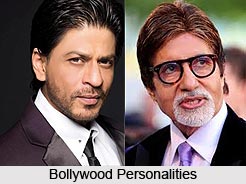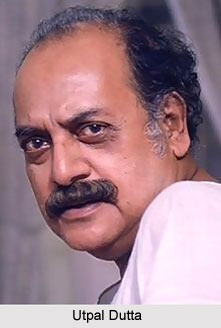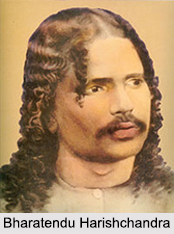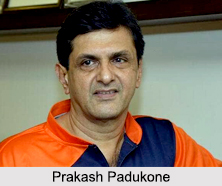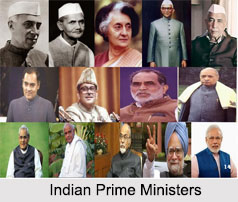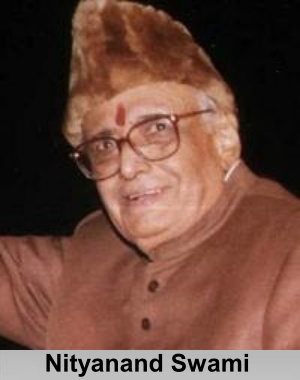 Uttarakhand, a state lying on the southern slope of the Himalayan range, holds a unique position as a northern state of India. Formed on November 9, 2000, through the Uttar Pradesh Reorganization Act, this region emerged as an independent state from the larger state of Uttar Pradesh. Uttarakhand, with its rich cultural heritage and natural beauty, has witnessed the stewardship of various leaders who have assumed the mantle of Chief Minister.
Uttarakhand, a state lying on the southern slope of the Himalayan range, holds a unique position as a northern state of India. Formed on November 9, 2000, through the Uttar Pradesh Reorganization Act, this region emerged as an independent state from the larger state of Uttar Pradesh. Uttarakhand, with its rich cultural heritage and natural beauty, has witnessed the stewardship of various leaders who have assumed the mantle of Chief Minister.
Formation of Uttarakhand:
The genesis of Uttarakhand can be traced back to the historical and cultural significance of the region, which is often referred to as "Devbhumi" or the Land of the Gods. The demand for a separate state gained momentum due to the distinct identity and aspirations of the people residing in this geographically challenging yet culturally vibrant terrain.
The formal creation of Uttarakhand in the year 2000 marked a significant chapter in India`s federal structure. The region, endowed with breathtaking landscapes and a diverse populace, embarked on a journey towards self-governance, necessitating the establishment of an elected leadership.
Election of Chief Minister
The Chief Minister of Uttarakhand is elected by the Members of the Legislative Assembly (MLAs) through a democratic process. The leader of the political party or coalition that commands a majority in the assembly is invited to form the government, and subsequently, the appointed leader assumes the position of Chief Minister. This democratic mechanism ensures that the Chief Minister is a representative of the people`s mandate.
Powers and Responsibilities
The Chief Minister of Uttarakhand holds a pivotal role in the state`s administrative machinery. Endowed with executive powers, the Chief Minister is responsible for the formulation and execution of policies, governance, and development programs. Collaborating with various state departments, the Chief Minister plays a crucial role in steering Uttarakhand towards socio-economic progress.
President`s Rule in Uttarakhand
President`s Rule was imposed in Uttarakhand twice during the tumultuous period from 27 March to 21 April 2016 and later from 22 April to 11 May 2016. The first instance marked a political crisis as the state assembly witnessed controversy over a budget vote, leading to a constitutional breakdown. Subsequently, the central government invoked Article 356, dismissing the elected government. The second imposition occurred amid legal and political battles, with the state grappling with governance issues. These instances raised concerns about the democratic process and the balance of power between the state and central governments, reflecting a complex political landscape in Uttarakhand during that time.
List of Chief Ministers of Uttarakhand
Below is a list of the Chief Ministers of Uttarakhand since its inception in 2000, highlighting their respective tenures and the political parties they belonged to:
| Chief Minister | Tenure | Political Party |
| Nityanand Swami | 2000 – 2001 | Bharatiya Janata Party |
| Bhagat Singh Koshiyari | 2001 - 2002 | Bharatiya Janata Party |
| N. D. Tiwari | 2002 – 2007 | Indian National Congress |
| B. C. Khanduri | 2007 – 2009 | Bharatiya Janata Party | Ramesh Pokhriyal `Nishank` | 2009 – 2011 | Bharatiya Janata Party |
| B. C. Khanduri | 2011- 2012 | Bharatiya Janata Party |
| Vijay Bahuguna | 2012 – 2014 | Indian National Congress |
| Harish Rawat | 2014 – 2017 | Indian National Congress |
| Trivendra Singh Rawat | 2017 - 2021 | Bharatiya Janata Party |
| Tirath Singh Rawat | 2021 – 2021 (116 days) | Bharatiya Janata Party |
| Pushkar Singh Dhami | 2021- present (Incumbent) | Bharatiya Janata Party |
